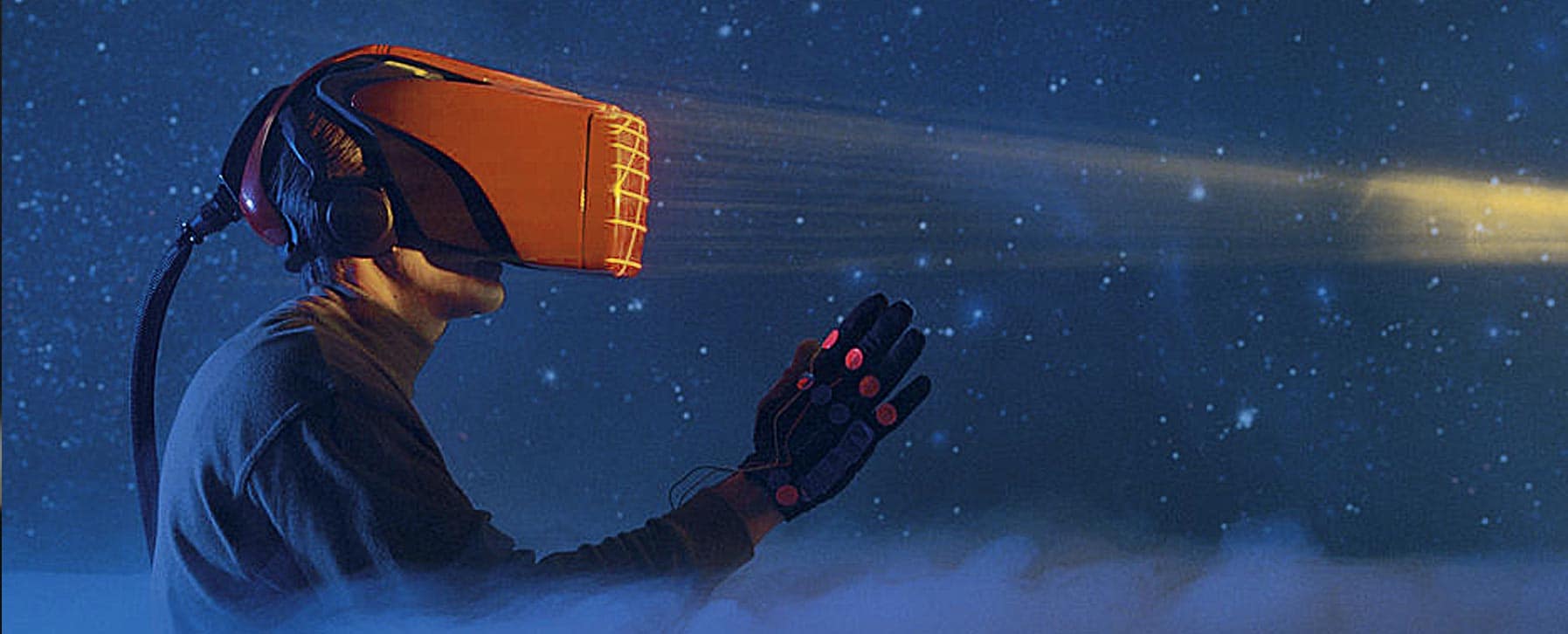Virtual reality has intrigued humans for hundreds of years. From early attempts in the form of panoramic paintings to the lesser known Nintendo Virtual Boy, we have covered quite some distance. So far, in fact, that now it seems our most outlandish dreams are coming to reality, virtual reality to be exact.

As of 2016, there is a battling market of VR technology on the horizon. With the invention of the Oculus Rift (a PC gaming VR headset purchased by Facebook in 2014) other companies had been eagerly waiting to unveil their visions of VR. Those companies include HTC (The Vive), Microsoft (HoloLens) and Sony (Playstation VR). Video games are incredibly immersive in VR. With so many great minds working on this technology, what comes next?
One idea comes from KQED Science in an article written by Kara Platoni. She explores the possibilities of changing one’s identity through VR. She describes an experiment she performed with Stanford University involving strapping herself with a VR headset, knee pads, and infrared markers on her wrists. Then proceeding to get down on all fours with one motivation, she is a cow.
Once the VR headset turned on, she was transported to an open field with other cattle. She spent time putting herself into character through a process known as “body shifting.” Just as she is acquainted and feeling sympathetic towards her new avatar-cow-self she is thrown a curve ball. A voice announces, “You have reached your target weight, it is time to go to the slaughterhouse.” She then describes feeling “nervousness” and feeling “trapped.” She also discusses being taken back by the sounds of the slaughterhouse truck coming down the virtual road. This avatar had become her new identity. These real emotions were evoked though the realistic nature of VR.
While the reality learned in Stanford’s experiment pertain to animal cruelty, there is bound to be ways to exploit these emotions by placing ourselves into situations of human adversity. Maybe the feelings captured through a Syrian refugee VR experience could lead someone to be more charitable.
Besides emotional experiences being influential to the human mind, other experiences can be used in more oppressive ways. What if VR could be used to alter one’s perception of another human being, perhaps that of a presidential candidate. Watch here.
Now, I am not one to believe that just the look of someone could influence me to elect them as leader of my county, but this could truly be a deciding point for some people. And it is slightly frightening to think about. For the stakes are sometimes too high for such manipulation to be acceptable.
VR can be used for good, bad, and business purposes. Either way it is an extraordinary technology that is currently launching us further into the future of communication. While the Sony Playstation VR is to be released in mid October, there is still tons to be learned about virtual realities’ capabilities. My only concern is, when do I get to be a VR cow?
Check out this cool stuff for yourself:
http://.theconversation.com/what-you-see-is-not-always-what-you-get-how-virtual-reality-can-manipulate-our-minds-63652


